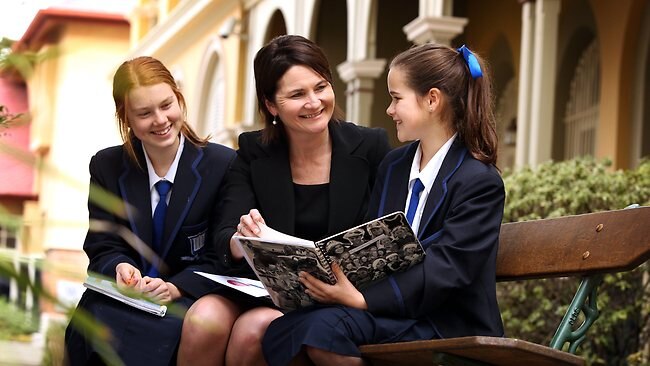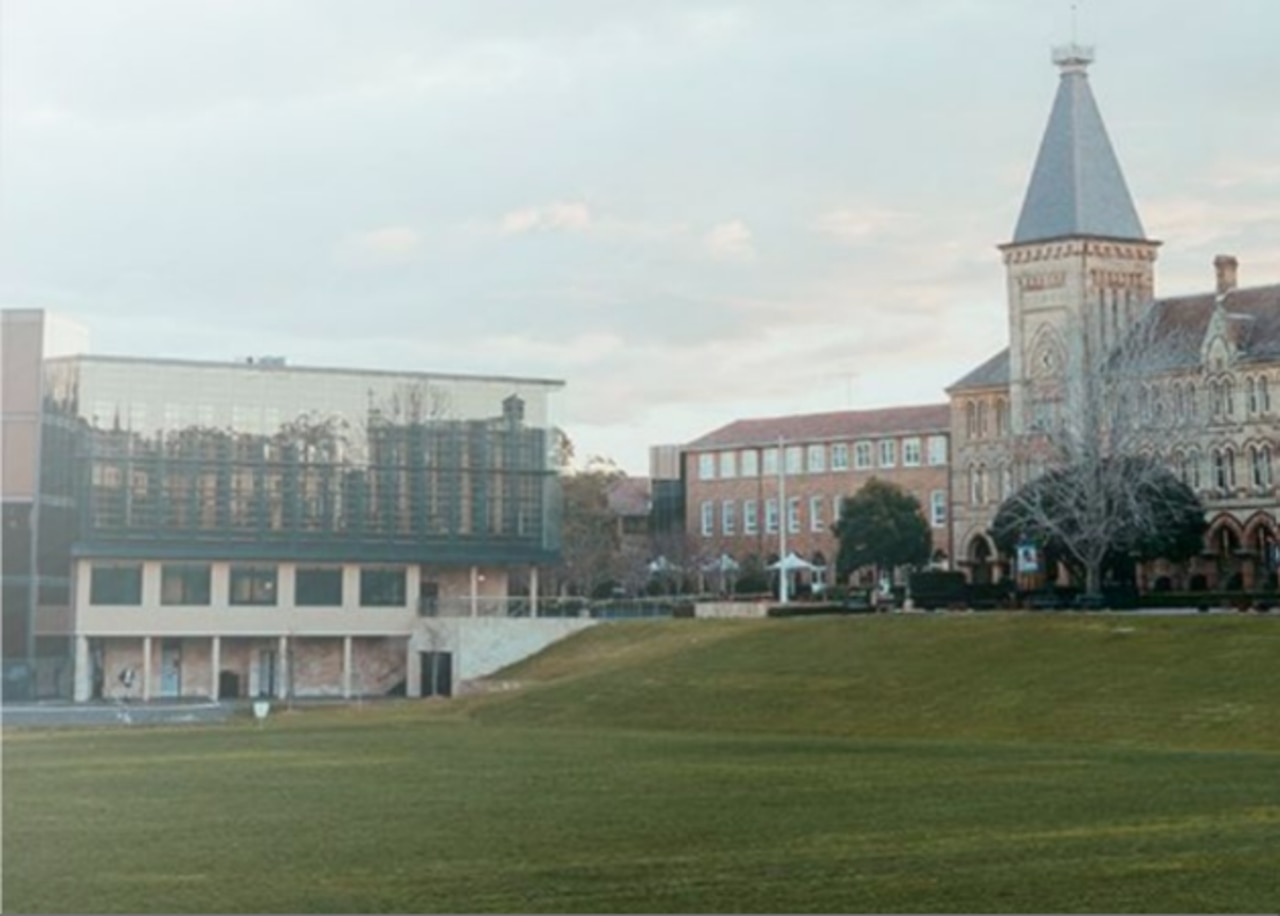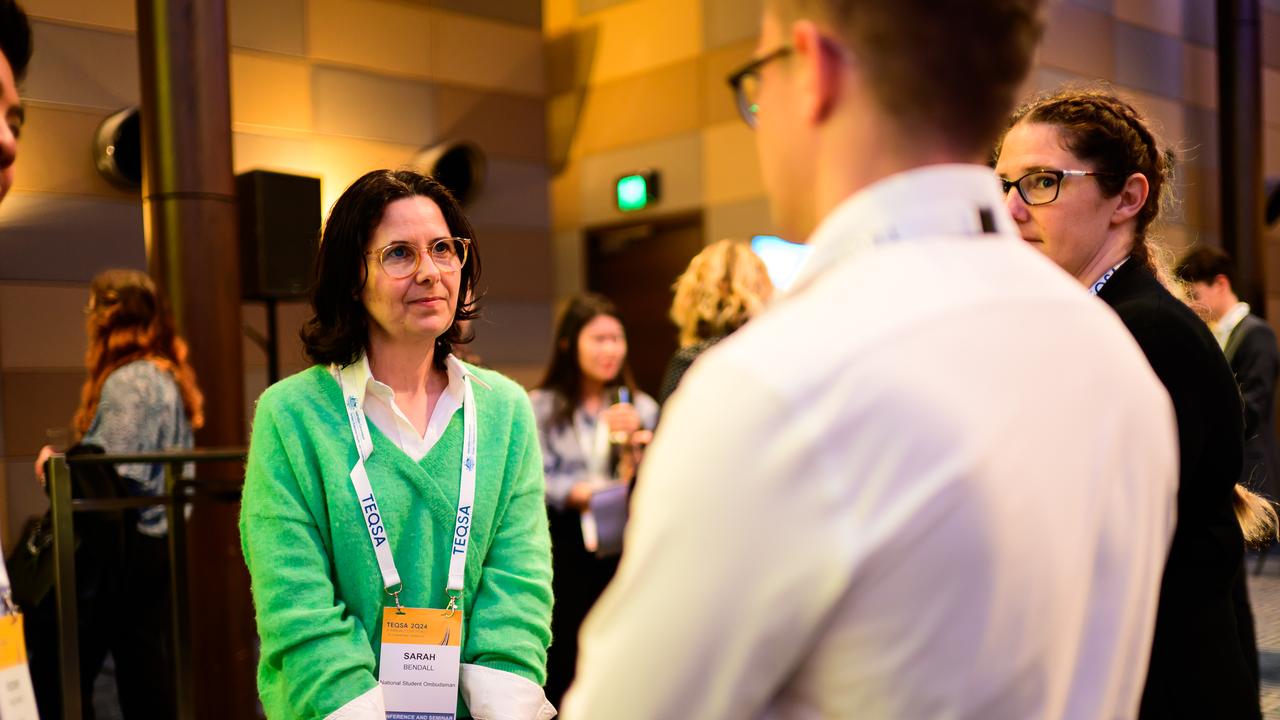Gonski reforms overhaul of schools to cost $6.5bn
THE federal government is going ahead with sweeping reforms to the school funding system, with the goal of increasing spending by about $6.5bn.
THE federal government is going ahead with sweeping reforms to the school funding system, planning to release its blueprint next month with the ambitious goal of increasing spending on schools by about $6.5 billion.
The formal government response to the independent review of school funding, headed by businessman David Gonski, is set to be debated by cabinet before the end of the month, and will place the states under pressure to also increase their spending on education.
The Gonski report, released in February, outlined a new model for funding schools that allocated a standard amount for every student, supplemented by loadings for different factors that affect student performance, including social disadvantage, being indigenous, living in rural and remote areas and disabilities.
The report calculated the cost of the extra funding required for all schools to provide a high standard of education, without taking one dollar away from any school, was $5bn a year.
This figure was based on 2009 figures, the most up-to-date figures available to the review panel, and it is believed the extra money required in 2013-14 dollars is calculated at about $6.5bn.
The chances of the Gonski reforms being accepted depends on the money the federal government is prepared to place on the table, and the amount it expects the states and territories to contribute.
Based on the existing division of finances, the Gonski report says the states would fund 70 per cent of the extra money and the federal government would provide 30 per cent, but it's widely expected that the commonwealth would have to provide the bulk of the money.
The states have repeatedly said they have no extra money, nor do they intend to pay for a federal government reform, but the commonwealth will expect them to increase their education budgets to receive any additional funds.
The Australian understands that School Education Minister Peter Garrett, who is on leave and was unavailable for comment yesterday, first took the reform plan to cabinet about two weeks ago.
It will return to cabinet in the next week or two, with details expected to be released in the middle of next month and legislation introduced into parliament to overhaul the school funding system in October or November.
The key issues arising out of the initial cabinet discussion were how to secure the support of the states and non-government school sectors, and measures to ensure any extra money invested in the education system was used in the way intended.
At present, funding for disadvantaged students is provided under separate programs, but under the Gonski model it would be embedded in a school's recurrent budget, making it less visible.
A key issue for cabinet is how the commonwealth can ensure the money is being spent on the intended students, and that their education is improving as a result.
It is understood that the Gillard government is looking at placing conditions on the federal funding to improve transparency and reporting by schools, including to parents, and on improving the quality of teachers, particularly in attracting higher-calibre people to the profession and providing more support at the beginning of a teacher's career.
While the Gonski model provides a blueprint for calculating the bucket of money the commonwealth provides to the state, territory, Catholic and independent school systems, each sector is then free to redistribute the money according to its own funding model.
But the commonwealth is expected to place conditions on the funding that the states and non-government school sectors agree to fund schools based on the need of their students, broadly following the same principles outlined by the Gonski review.
Momentum for the implementation of the Gonski reforms has been building since the release of the report, with politicians, business and community leaders, as well as schools and teachers, calling for the reforms to be implemented.
The "I give a Gonski" campaign launched at the end of May by the Australian Education Union has recorded about 8300 likes on Facebook, including video messages from the key independent MPs in federal parliament.
Independents Tony Windsor, Rob Oakeshott and Andrew Wilkie, and Greens MP Adam Bandt, have all supported the "I give a Gonski" campaign, giving Julia Gillard the votes she needs to pass legislation through parliament.
Support is also building on Labor's backbench, with half a dozen or so MPs publicly calling for the implementation of the Gonski report in federal parliament, including NSW MP for Throsby Stephen Jones, who yesterday said there was significantly more support for Gonski in the partyroom. "There would be a significant number of MPs who think this is core Labor business and should have been legislated for and provided for in the 2013-14 budget," he said.
The NSW ALP state conference last weekend called on the federal government to reform school funding in line with the Gonski proposals as a matter of priority, in a motion brought by former state education minister Carmel Tebbutt and seconded by her ministerial successor, Verity Firth.
At the federal government's economic forum in Brisbane last month, Westpac head Gail Kelly and Business Council of Australia chief executive Jennifer Westacott joined the heads of the Smith Family and the Australian Council of Social Services in calling on the federal government to reform funding in line with the Gonski recommendations.



